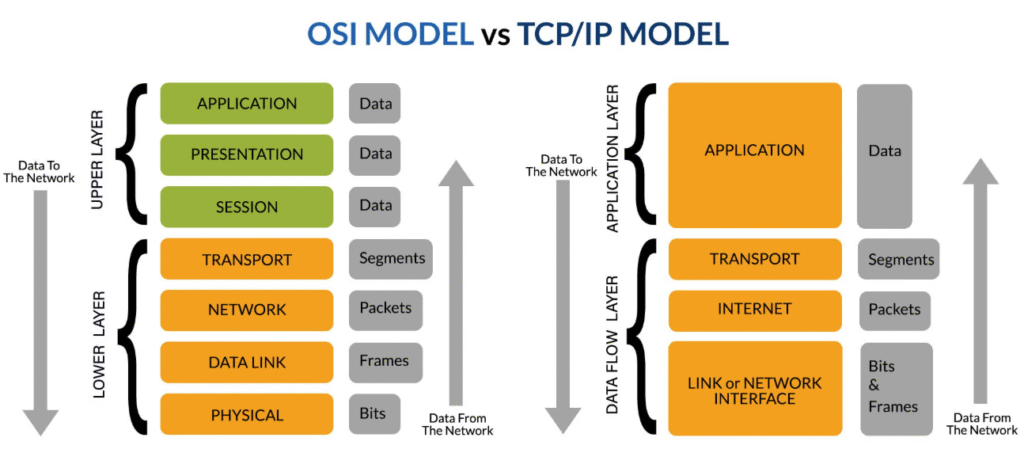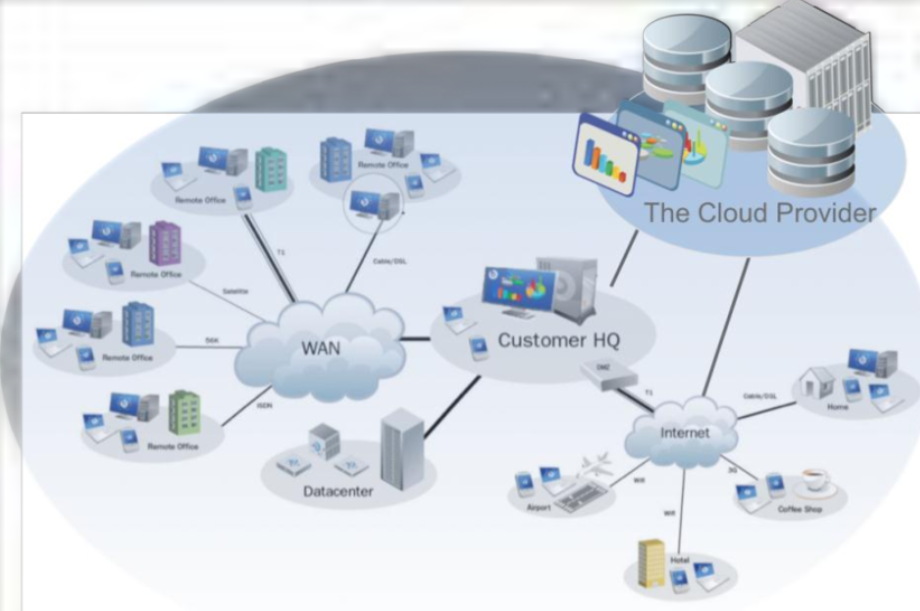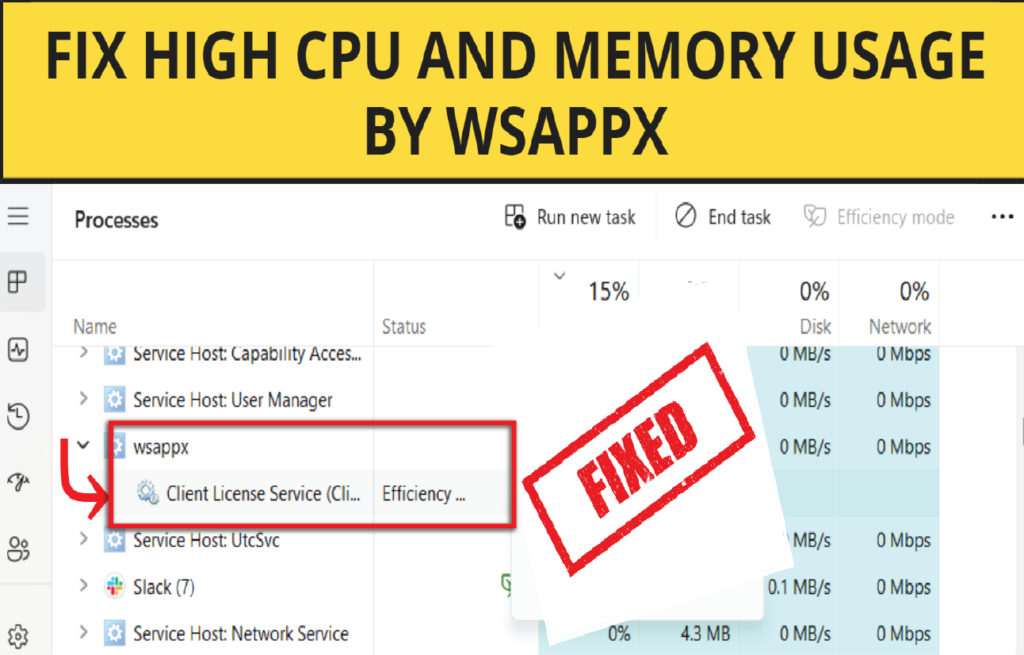Curious whether you need to understanding networking for cloud computing is important or not? Discover why networking basics matter, key concepts to learn, and career paths where those skills are important.
If you’re looking into cloud computing careers, you might ask: Is networking knowledge essential? The short answer is yes. Networking skills are essential in almost every cloud computing role. Whether you’re targeting AWS solutions architecture, Azure administration, or Google Cloud engineering, a good understanding of network concepts is crucial. This article discusses why networking matters, which topics to study, and how this knowledge supports your cloud career.

Why Networking Knowledge Matters in Cloud Roles
a) Cloud Infrastructure Runs on Networks
Every virtual server, container, or managed service operates over a network. Cloud platforms rely on Virtual Private Clouds (VPCs), subnets, routing tables, security groups, and load balancers. Professionals need to set up private and public segments, security boundaries, and proper traffic flow.
b) Security Relies on Network Configuration
Firewalls, access control lists (ACLs), network security groups, and VPN connections all depend on networking. Cloud security often focuses on access control, and those rules are enforced at the network level.
c) Cost Management and Optimization
In cloud environments, poor network designs, like misconfigured routing or ineffective data flow planning, can create hidden costs for data transfer, inter-zone traffic, or unnecessary public exposure. Good network design lowers risks and costs.
2. Networking Concepts You Must Master
a) OSI Model & TCP/IP Suite
You should be familiar with the OSI seven-layer model and the TCP/IP stack. These models explain how cloud services communicate, how data is packaged, and what happens at each layer. Knowing when encryption, session, or application layer actions occur helps in configuring secure and efficient cloud services.
b) IP Addressing and Subnetting
Each cloud platform requires planning for IP address space, subnet ranges, and CIDR notation. Mastering address division, avoiding overlap, and segmenting resources across zones is crucial for maintaining a scalable, secure architecture.
c) Routing & Load Balancing
Routing tables, static routes, and dynamic routing concepts, like BGP or route propagation, are essential to multi-tier cloud architecture. Likewise, load balancing, whether at the application or network level, ensures efficient traffic distribution and high availability.
d) VPNs and Hybrid Connectivity
Many businesses operate in hybrid environments. Configuring site-to-site VPNs, Direct Connect (AWS), ExpressRoute (Azure), or Interconnect (Google Cloud) requires knowledge of tunneling protocols, IPsec, NAT, and route propagation.
e) DNS and CDN Configuration
Cloud-native DNS services, like Route 53, Azure DNS, and Cloud DNS, along with content delivery networks, help deliver content worldwide. Understanding DNS zones, record types, TTLs, and CDN caching strategies is key to a low-latency architecture.
How Networking Skills Relate to Cloud Roles

a) Solutions Architect / Cloud Architect
Cloud architects design complete systems. They decide where to position resources, how traffic flows, which subnets serve public versus private workloads, and where to place load balancers and WAFs. One misconfigured security group or routing table can expose or disrupt a system.
b) DevOps / Cloud Engineer
Engineers build infrastructure-as-code, CI/CD pipelines, and scalable environments. This often includes automating VPC creation, subnet assignment, firewall rules, and peering. If you’re using Terraform or CloudFormation, you’re working with networking.
c) Security and Compliance Professionals
Cloud security engineers must enforce least-privilege access, set up VPN gateways, isolate workloads through network segmentation, and monitor traffic. Without networking knowledge, securing a cloud environment is difficult.
d) Platform and Infrastructure Teams
Platform engineers create managed platforms for internal users. Networking is crucial for multi-tenant segmentation, service discovery via DNS, internal balancing, and managing internal traffic encryption.
4. What You Can Learn Without a Deep Networking Background
While networking basics are important, you don’t need to become a certified networking specialist. For cloud roles, focus on:
- Setting up VPCs, subnets, and routing tables in cloud consoles or IaC tools.
- Configuring security groups, ACLs, and firewall rules.
- Establishing VPN tunnels or Direct Connect/ExpressRoute.
- Managing DNS and CDN endpoints.
- Designing network access control and service segmentation.
You don’t need in-depth packet analysis or hardware router configuration. Instead, focus on cloud-native constructs and how they relate to networking concepts.
How to Build Networking Skills for Cloud

a) Hands-On Labs and Tutorials
Cloud platforms provide labs and sandbox environments to practice setting up VPCs, routing, and interconnectivity. Free tiers let you explore real network behavior, testing ACLs, NAT gateways, peering, and VPN setups.
b) Certification Pathways
Cloud certifications reinforce networking skills:
- AWS Certified Solutions Architect – Associate
- Microsoft Certified: Azure Administrator Associate
- Google Cloud Associate Cloud Engineer
All include significant networking content, covering subnets, connectivity, and DNS.
c) Online Courses and Network Fundamentals
Intro courses on TCP/IP, subnetting, and routing basics are available through platforms like Coursera, Udemy, or Cisco’s CCNA resources. These greatly enhance cloud-specific training.
d) Practice Through Projects
Build small projects, such as deploying a web app behind a managed load balancer in private subnets, using a bastion host and limited access. Simulate traffic across regions or connect to on-prem resources via VPN or Direct Connect.
Benefits of Networking Skills in Cloud Careers
a) Improved Troubleshooting
When a network misconfiguration causes a timeout or connectivity issues, you’ll be able to spot misrouted subnets, redundant routes, or incorrect security group rules without relying solely on support.
b) Better Design Decisions
Smart architects build secure, efficient, and scalable infrastructure. Understanding networking helps in making informed decisions about the need for multiple subnets per availability zone, route isolation for testing versus production environments, and private connectivity over public endpoints.
c) Competitive Edge in Hiring
Candidates knowledgeable in both cloud and networking are at an advantage. Few early-level applicants can optimize routing, design hybrid connectivity, or know when to effectively use NAT gateways.
Common Misconceptions about Networking for Cloud Computing
- “Networking is obsolete in the cloud.”
False. Cloud doesn’t remove networking—it virtualizes it. Networking becomes more central because you’re managing it through code and design, not physical equipment.
- “I can avoid networking by using managed services.”
Managed services, like serverless or PaaS, still require connectivity. They run in subnets, need endpoint access and routing, and are still governed by firewall or security group settings.
- “You only need detailed networking if you work in security.”
Not true. Architects, developers, and DevOps professionals also rely heavily on networking, even when using GUI consoles or templates.
Real Career Impact Stories
Many tech professionals say that networking knowledge made a difference once they began working in cloud environments:
“During my first cloud project, I struggled because I didn’t understand route tables, and my EC2 instances couldn’t access the internet. After learning about subnet CIDR planning and NAT gateways, everything clicked.”
Another cloud engineer said:
“Understanding VPC peering and inter-region traffic saved us significant egress costs. A routing change cut unnecessary data transfer fees.”
These stories highlight that networking knowledge isn’t optional—it’s fundamental.
LP Cheat Sheet
The IP rudiments and subnetting are the first steps.
- Launch Amazon VPC and subnets in AWS, Azure, or Google Cloud.
- Design the situations of access cases and deploy security rules.
- Set up a site-to-site VPN.
- fw = load balancer + dns.
Every step enhances (a) confidence and (b) practical abilities to deal with cloud networking.
FAQs – Networking for Cloud Computing
Q1: Do I need to know networking for entry-level cloud roles?
Yes, even associate-level cloud engineer or solutions architect roles require understanding VPCs, subnets, security rules, and routing.
Q2: Can I avoid networking by focusing on serverless and managed services?
Only partially. Even serverless functions run in VPCs or subnets, demand endpoint configurations, and rely on access rules, so basic networking knowledge is still important.
Q3: How deep should my networking knowledge be?
You don’t need certification-level expertise in routers and switches, but you should be comfortable designing and troubleshooting IP ranges, routing tables, NAT, VPNs, and security boundaries.
Q4: Will knowing networking help me in cloud certification exams?
Absolutely. Networking is a major part of associate-level cloud certifications. Understanding it helps you choose the right answers and explain deployment designs clearly.
Q5: Do employers look for networking skills when hiring cloud engineers?
Many do. Job descriptions often mention “VPC design,” “multi-region routing,” “hybrid cloud connectivity,” and “network access controls.” Showing those skills sets you apart.
Conclusion – Networking for Cloud Computing
In today’s cloud-focused landscape, networking skills are essential. They form the foundation of your cloud setup, deployment, and troubleshooting abilities. From establishing VPCs and outlining subnets to configuring secure communication and cost-effective routing, you’ll rely on networking every step of the way.
While you don’t need to master enterprise-grade wireless or router protocols, understanding IP addressing, security groups, load balancing, and VPNs within cloud platforms is vital. By practicing in labs, earning certifications, and working on real-world projects, you build your cloud expertise and enhance your appeal to employers.
If you’re serious about a cloud computing career, deepening your networking knowledge is not just smart—it’s crucial.


